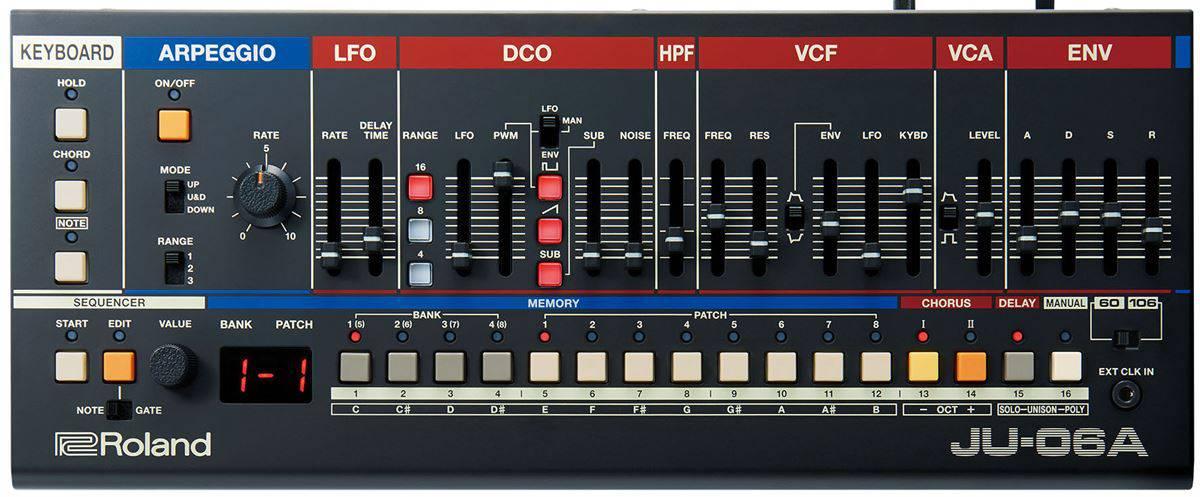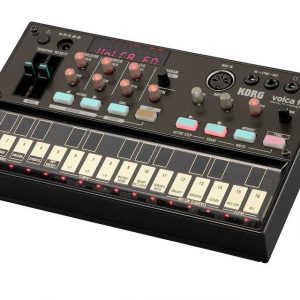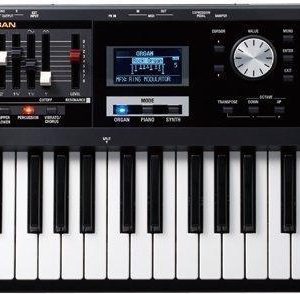Description
The Roland JU-06A Synthesizer is a modern take on the classic Juno-6 synthesizer of the 1980s. It is a compact and portable synthesizer that offers a versatile range of sounds, making it an excellent choice for music producers, composers, and live performers.
Design
The design of the JU-06A Synthesizer is inspired by the original Juno-6, which has been upgraded with modern features. The synthesizer is compact and lightweight, making it suitable for use in the studio or on the stage.
The JU-06A Synthesizer comes with a built-in speaker, which allows you to play and practice without the need for external amplification.
Sound
The JU-06A Synthesizer offers a wide range of sounds, from warm and mellow pads to bright and zingy leads. It has two oscillators, which can generate both analog and digital waveforms.
The synthesizer also features a built-in arpeggiator, which can create complex patterns and rhythms. You can adjust the tempo, mode, and direction of the arpeggiator to suit your preferences.
Controls
The JU-06A Synthesizer has a simple yet intuitive interface that makes it easy to use. The synthesizer features 23 sliders and knobs, which allow you to adjust parameters such as filter cutoff, resonance, LFO rate, and envelope settings.
The JU-06A Synthesizer also features a preamp and chorus effect, which can add warmth and depth to your sound.
Compatibility
The JU-06A Synthesizer is compatible with the Roland Boutique series of synthesizers, which allows you to expand your sound library and create more complex instrument setups. You can also connect the synthesizer to your computer via USB, which allows you to use it as a controller for your favorite DAW or virtual instruments.
Conclusion
The Roland JU-06A Synthesizer is an excellent choice for music producers, composers, and live performers. Its compact design, versatile sound, and intuitive controls make it a valuable addition to any studio or performance setup.
Roland JU-06A properties
| Product name | JU-06A |
| Brand | Roland |
| Type | Keyboard Instruments |
| Keyboard Instrument | Synthesizer |
| Drawbars/Sliders | Yes |
| Pads | Yes |
| Rotary Controls | Yes |








Reviews
There are no reviews yet.